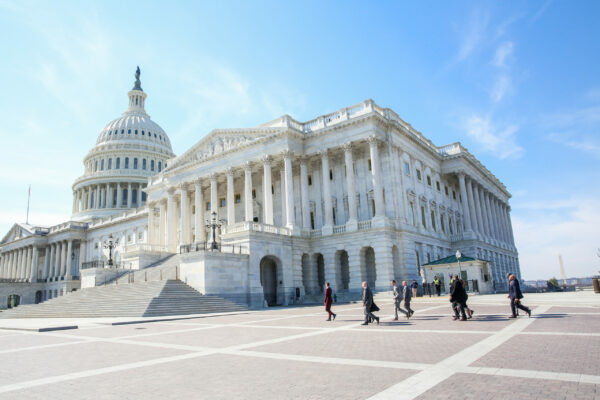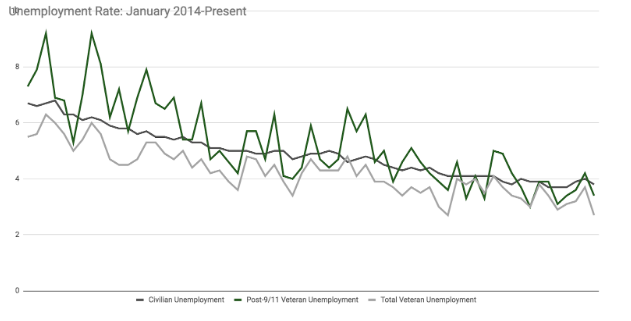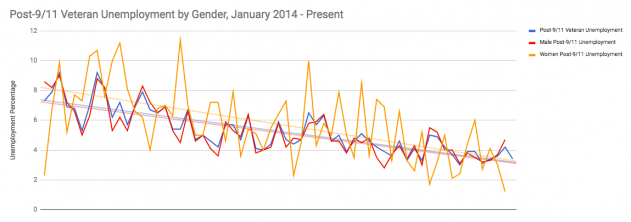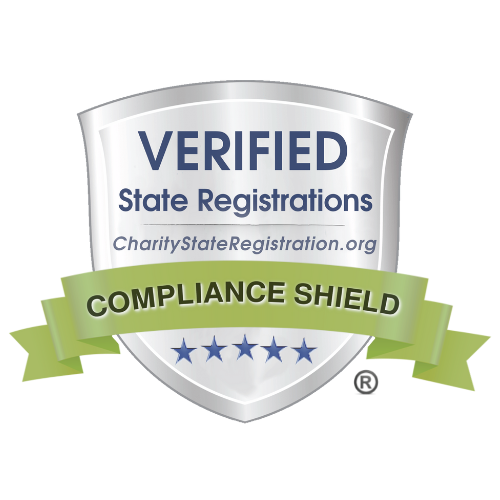IAVA | April 5, 2019
Read: Understanding Unemployment: March’s Report

The first quarter of 2019 was one for the books for IAVA. Founder Paul Rieckhoff transitioned out of IAVA to welcome his second child and move to his next chapter. Jeremy Butler, formerly the Chief Operating Officer and a Navy Commander, took over the helm as CEO. We launched the 2019 Member Survey, showing the world what you as IAVA members think, feel, and experience. And we had an impactful Spring Storm the Hill with Member Leaders from throughout the U.S. for a week of advocacy and impact in Washington, D.C., including the delivery of testimony before a joint session of the Veteran Affairs Committees in Congress and the launch of our newest Policy Agenda. (Apply for our June Storm the Hill here.)
And in the midst of all of this, two important reports came out in the past few weeks: March’s unemployment report and the 2018 Employment Situation for Veterans.
By The Numbers
Yet again, the national unemployment rate remained below 4 percent for the second month in a row after hitting 4 percent back in January.
The veteran unemployment rate, including all eras of veterans, fell below 3 percent for the second month in a row to 2.9 percent. The post-9/11 unemployment rate continues to be low at 3.1 percent, falling below 4 percent for the second month in a row. Overall, this is a good news story for veterans, as both the veteran unemployment rate and the post-9/11 veteran unemployment rate continues to stay below the national unemployment rate.

The unemployment rate for women veterans continues to fluctuate. This month, post-9/11 women veterans showed an unemployment rate of 4 percent, rising from 1.2 percent just a few months ago, whereas the male post-9/11 unemployment rate dropped to 2.9 percent.

2018 Veteran Employment Takeaways
Overall, the unemployment rate for all veterans for 2018 was 3.5 percent and for the post-9/11 generation, it was 3.8 percent. However, overall post-9/11 veterans had a higher rate of service-connected disability than the overall veteran population at 41 percent compared to 25 percent for all vets. And those with a service-connected disability had a higher unemployment rate at 5.2 percent. So while overall, the veteran population and the post-9/11 generation in particular have come a long way in the employment domain, there is still work to be done.
IAVA’s Got Your Back
We know employment is a top concern for IAVA members and changes to employment can impact mental and physical health. That’s why we’ve built recommendations for addressing veteran employment into our latest Policy Agenda: A Lasting Legacy, our roadmap for America. Check it out here.
Learn more about IAVA’s Big 6 Priorities and our position on veteran employment here.





